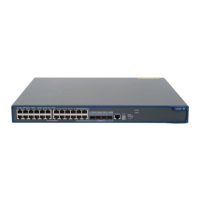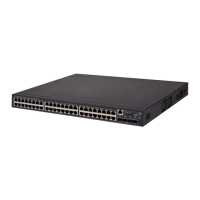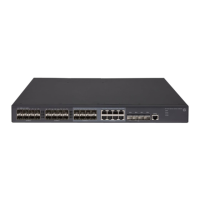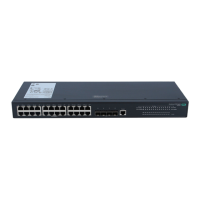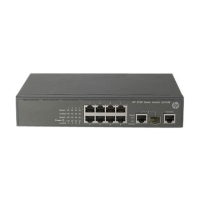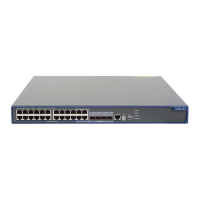111
Authentication page customization support
The local portal server function allows you to customize authentication pages. You can customize
authentication pages by editing the corresponding HTML files and then compress and save the files to the
storage medium of the device. A set of customized authentication pages consists of six authentication
pages—the logon page, the logon success page, the online page, the logoff success page, the logon
failure page, and the system busy page. A local portal server will push a corresponding authentication
page at each authentication phase. If you do not customize the authentication pages, the local portal
server will push the default authentication pages.
NOTE:
For the rules of customizing authentication pages, see “Customizing authentication pages.”
Portal authentication modes
Portal authentication may work at Layer 2 or Layer 3 of the OSI model. The A5120 EI Switch Series
supports only Layer 2 authentication mode.
In Layer 2 authentication mode, portal authentication is enabled on an access device’s Layer 2 port that
connects authentication clients, and allows only clients whose source MAC addresses pass authentication
to access the external network. Now, only local portal authentication supports Layer 2 mode, where the
access device serves as the local portal server to perform web authentication on clients.
In addition, Layer 2 authentication allows the authentication server to assign different VLANs according to
user authentication results so that access devices can control user access to resources. After a client
passes authentication, the authentication server can assign an authorized VLAN to allow the user to
access the resources in the VLAN. If a client fails authentication, the authentication server can assign an
Auth-Fail VLAN.
Layer 2 portal authentication process
Only local portal authentication supports Layer 2 mode. Figure 42 illustrates the process of local Layer-2
portal authentication:
Figure 42 Local Layer-2 portal authentication process
Authentication
/accounting server
1) Initiate a connection
2) RADIUS authentication
3) Notify the user of
login success
Access device
Authentication
client
As shown in Figure 42, the local Layer-2 portal authentication process includes the following steps.
1. The portal authentication client sends an HTTP or HTTPS request. Upon receiving the HTTP request,
the access device redirects it to the listening IP address of the local portal server, which then pushes
a web authentication page to the authentication client. The user types the username and password
on web authentication page. The listening IP address of the local portal server is the IP address of a
Layer 3 interface on the access device which is routable to the portal client. Usually, it is a
loopback interface’s IP address.
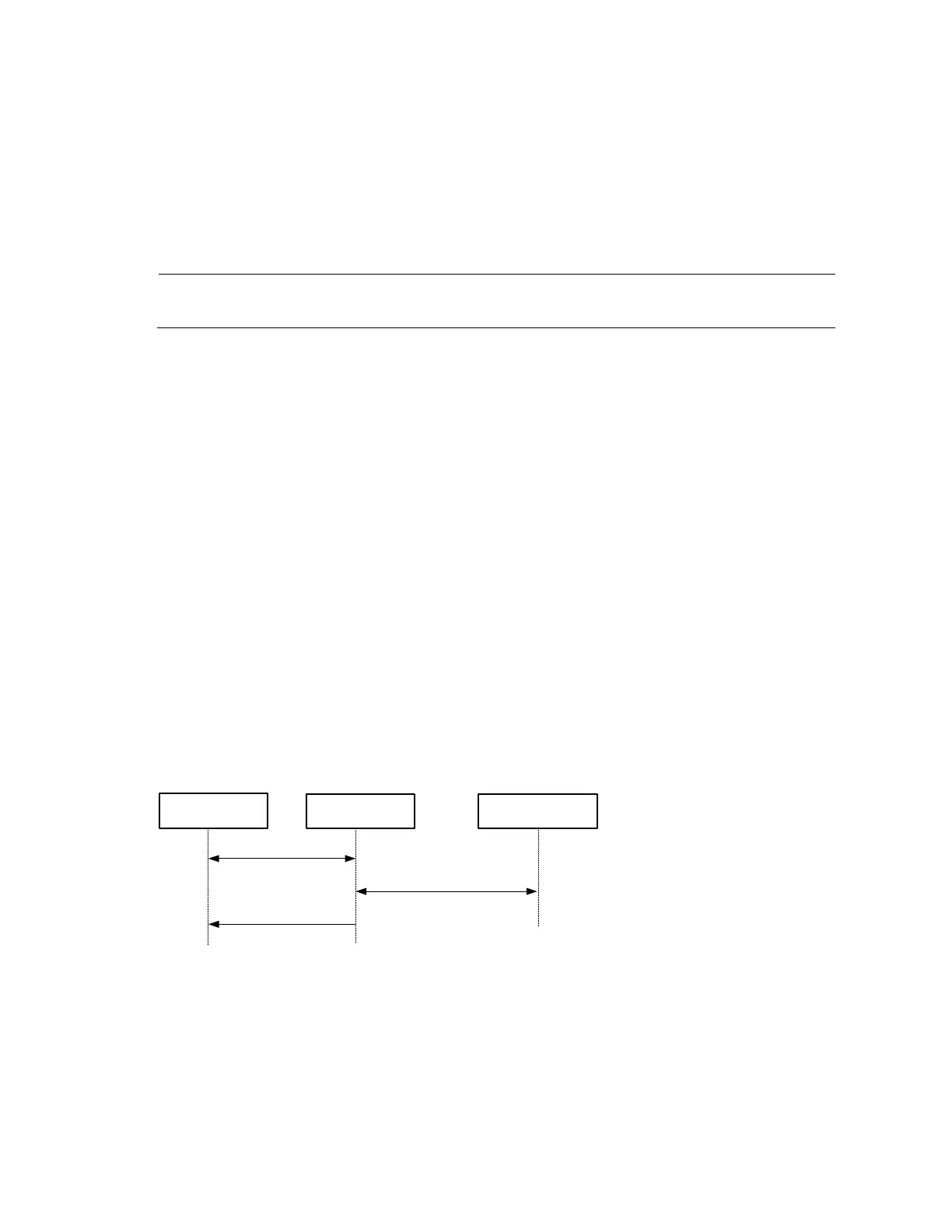